Induction heating equipment for induction quenching uses various compatible techniques to operate because of the different shapes of parts and different areas of quenching. In principle, quenching can be divided into two categories:
Simultaneous heating and quenching by induction
The entire hardened area is heated at the same time, and cooling is carried out simultaneously after heating. The relative position of the part and the induction coil remains unchanged during the heating process. The simultaneous heating method can be divided into rotating or non-rotating parts, and cooling can be achieved by falling into a water spray or by using the induction coil to spray liquid.
From the perspective of improving the generator utilization coefficient (excluding the case of one generator supplying multiple hardening machine), the productivity and generator coefficient are higher when the parts are cooled by falling into water after being heated simultaneously rather than by using the induction coil to spray liquid.
Scanning quenching for induction quenching
This method only heats part of the quench zone at the same time, and moves the heating zone gradually to the cooling position through the relative movement between the induction coil and the heated part. Scanning quenching can also be divided into non-rotating parts (such as machine tool guide rails) and rotating parts (such as cylindrical long axes).
In addition, there is scanning circumferential quenching, such as quenching the outer circular profile of a large cam; scanning surface quenching, such as quenching the surface of a flat round file, which also belongs to the category of scanning quenching. Scanning quenching is suitable for situations where there is a large surface area that needs to be heated but the power supply device is not powerful enough.
A large amount of production experience has shown that in the case of the same power output, the productivity of the simultaneous heating method is higher than that of the scanning quenching method, and the land area occupied by the induction hardening equipment is correspondingly reduced.
For shaft parts with steps, during scanning quenching, there is usually an insufficiently heated transition zone at the step with smaller diameters due to the electromagnetic field of the induction coil being offset, causing the quenched area on the shaft to be discontinuous.
Nowadays, China widely adopts the longitudinal current simultaneous heating method to keep the quenched layer of the stepped shaft continuous throughout its length and improve its torsional strength.
JKZ not only has a mature product development, manufacturing, marketing and after-sales service system, but our products have also been widely used in various fields such as metal welding, hot forging, quenching, metal melting, and heat treatment.
In order to manufacture advanced induction heating power supplies, JKZ has hired a first-class R&D team, a professional design team, and many well-known technical experts with rich knowledge of induction heating. Please feel free to contact us for further information.

 en
en  cn
cn  jp
jp  ko
ko  de
de  es
es  it
it  ru
ru  pt
pt  th
th  vi
vi  pl
pl 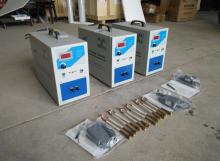
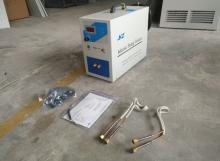
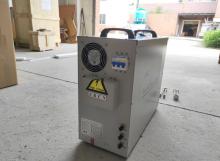
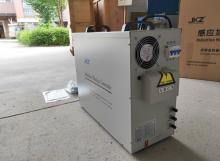
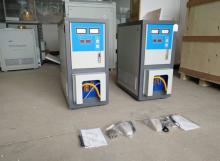
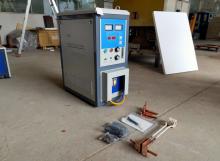
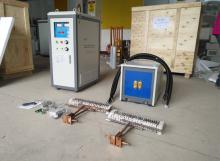

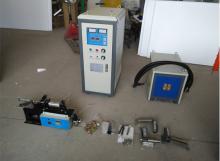
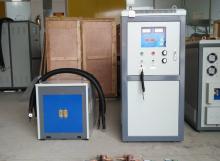
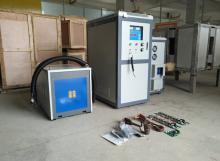
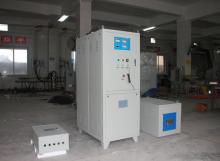
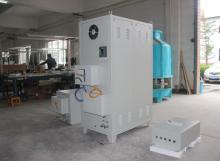
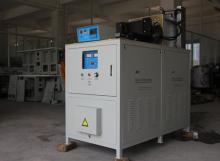
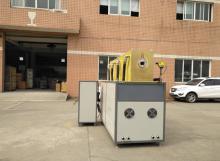
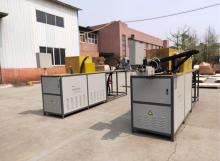
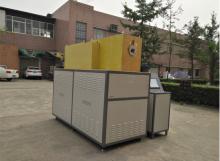
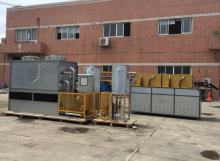
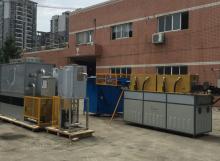
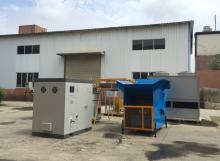
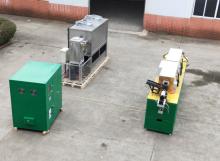
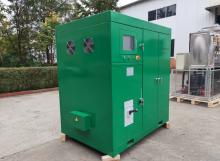
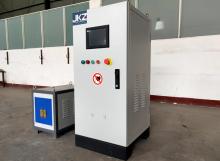
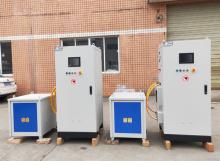
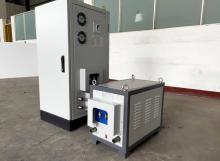
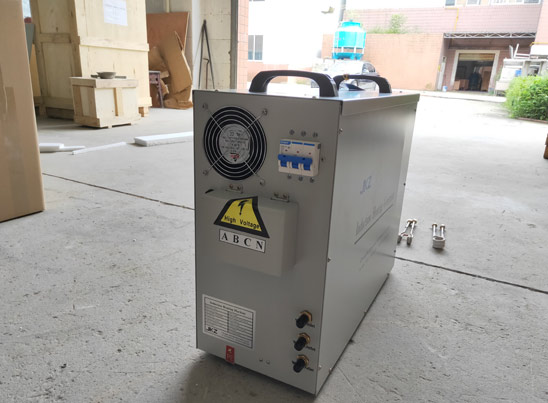
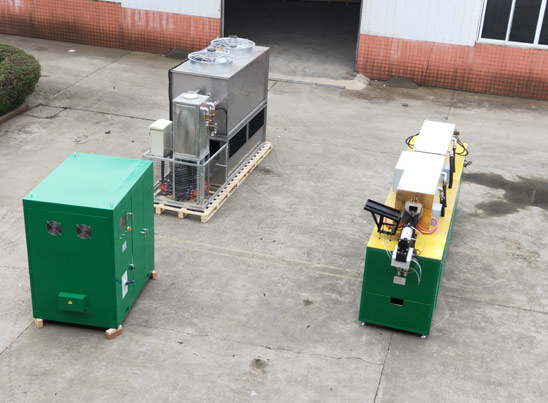
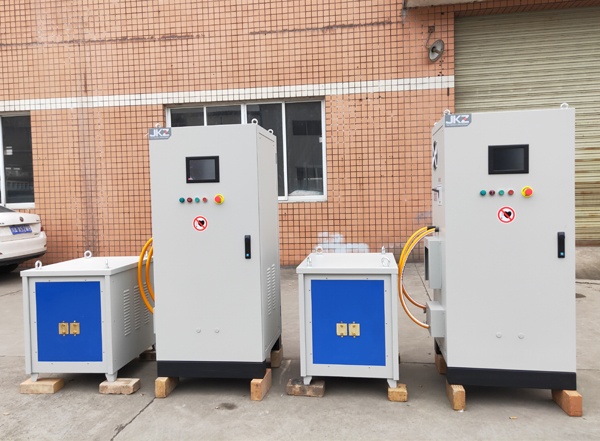



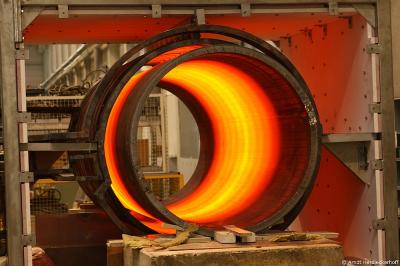
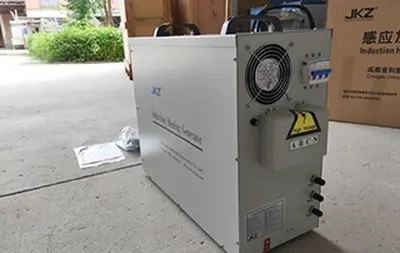
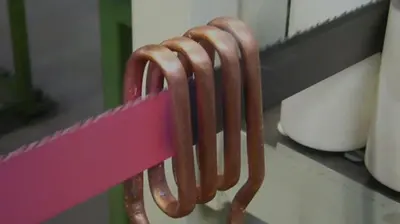
 Call us on:
Call us on:  Email Us:
Email Us:  NO. 688th South Baoguang Road, Xindu District, Chengdu City, Sichuan Province, China
NO. 688th South Baoguang Road, Xindu District, Chengdu City, Sichuan Province, China